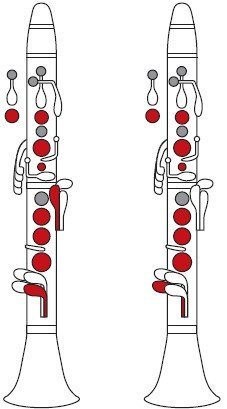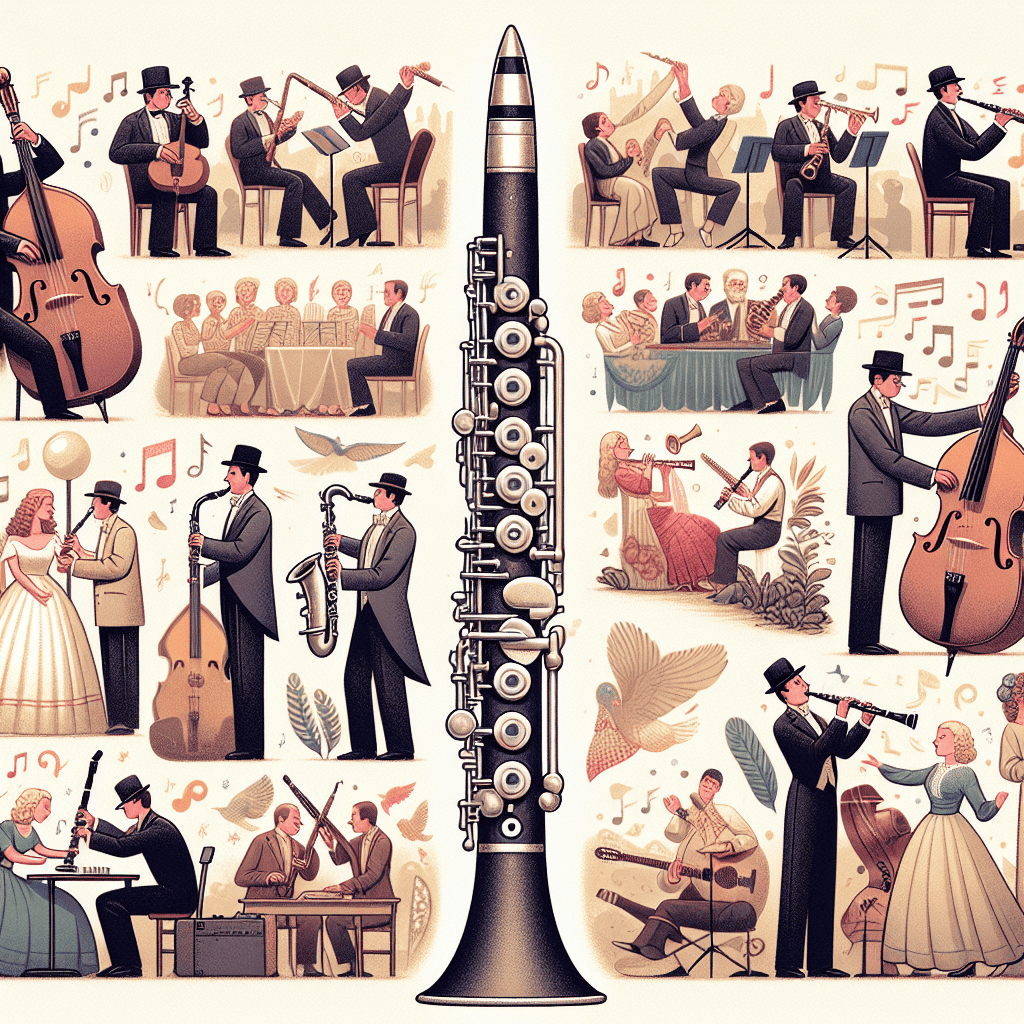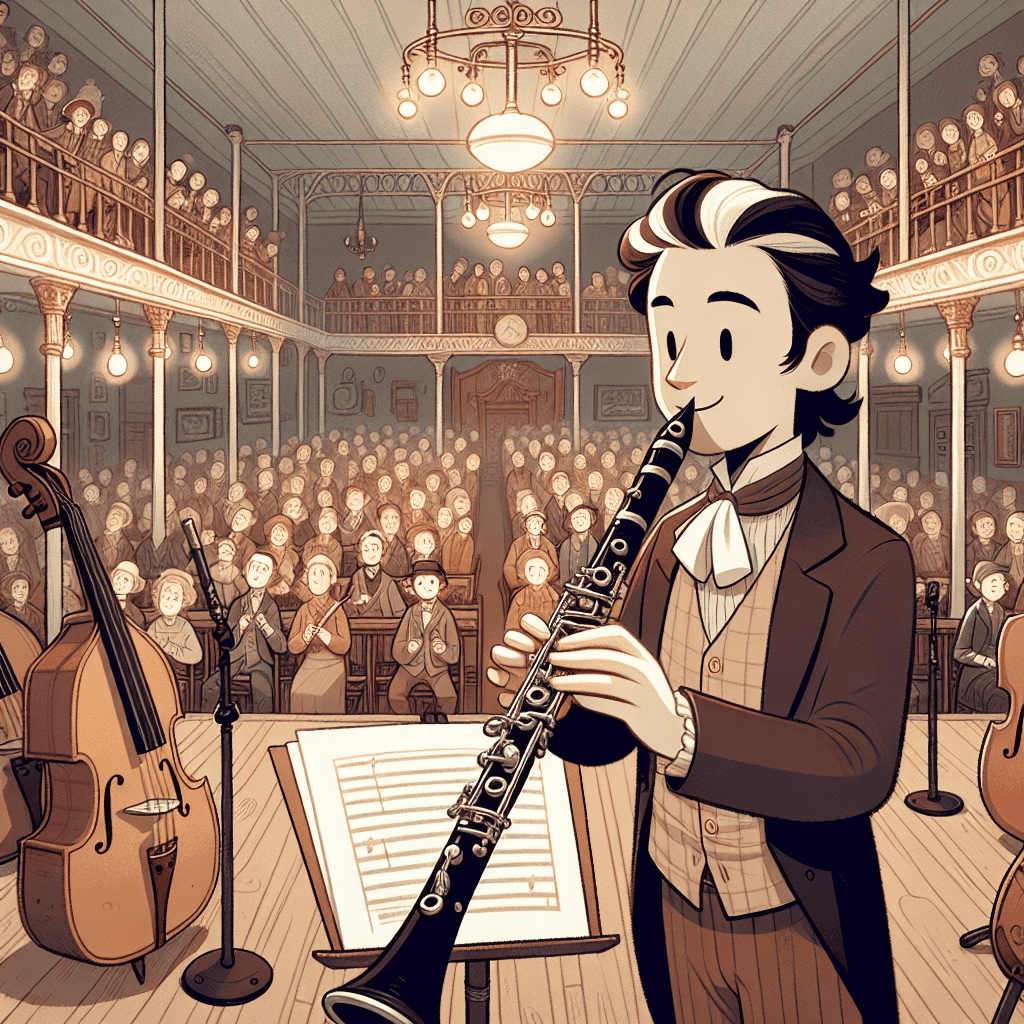Ah, the clarinet! This enchanting woodwind is not just an instrument; it carries the essence of melodious stories and intricate scales. One scale that has truly made its mark in the history of clarinet music is the C# Whole-Half Diminished Scale. Now, hold on tight, as we're about to explore its historical significance and its impact on clarinet playing!

Clarinet Fingering Charts are always FREE at MartinFreres.net!
Origins of the C# Whole-Half Diminished Scale
The C# Whole-Half Diminished Scale comes from the broader family of diminished scales, known for their unique tension and resolution. Over time, this scale has evolved, adapting to various musical styles and capturing the interest of both composers and performers. Its unique pattern—C#, D#, E, F#, G, A, B, C—creates a sound that can evoke a sense of suspense or intrigue.
Significance in Jazz and Classical Music
Why is this scale important? Consider jazz and classical music, two genres where the C# Whole-Half Diminished Scale has found its place. When you hear a jazz clarinet solo that gives you goosebumps, there's a good chance the musician skillfully incorporated this scale. It allows musicians to express their emotions and explore new musical territories. This scale paves the way for creative improvisations and intricate melodic structures.
| Genre | Use of C# Whole-Half Diminished Scale |
|---|---|
| Jazz | Improvisations, complex harmonies |
| Classical | Chromaticism, tension-building |
Let's not forget legendary clarinetists like Benny Goodman and Woody Allen, who embraced this scale. Their contributions have inspired future generations of musicians.
Practical Applications
How about we look at this scale in action? There are some exciting examples where it shines! Many compositions from the Jazz Age used it to shape evolving jazz standards. You might notice it in works by prominent figures like Duke Ellington and Claude Debussy. Their use of chromaticism and complex harmonies shows how this scale has grown from a simple curiosity to an essential tool for jazz musicians.
Role in Contemporary Clarinet Education
The C# Whole-Half Diminished Scale plays an important role in modern clarinet education. Many teachers introduce this scale early on, as it helps developing clarinetists improve their skills. By learning this scale, students enhance their technical abilities and gain a better understanding of harmonic structures.
Enhancing Performances
When a musician uses the C# Whole-Half Diminished Scale, it's like adding new colors to their musical palette. It brings an extra layer of emotional depth that's unique to this scale. This makes it popular among soloists who want to captivate their audiences.
Practical Benefits for Players
Many standard exercises in clarinet practice books now include this scale, helping players stay versatile. Using the C# Whole-Half Diminished Scale in exercises or etudes gives players a chance to play in all keys, boosting their improvisation and sight-reading abilities.
Cultural Impact Across Musical Genres
The influence of this scale extends beyond classical and jazz. From contemporary classical pieces to movie soundtracks, you can hear diminished scales woven into various musical styles. This mixing of genres continues to inspire clarinetists, allowing them to create their own interpretations while drawing from a rich musical tradition.
Conclusion
Next time you pick up your clarinet, consider the C# Whole-Half Diminished Scale. Its history is more than just notes and rhythms; it's a legacy that enriches your playing, connecting you to a narrative that has shaped the music world. Remember, scales aren't just techniques to master—they're stories waiting to be told. With quality instruments like those from Martin Freres, you have the tools to honor this legacy. So, grab your clarinet and keep these musical stories alive!







